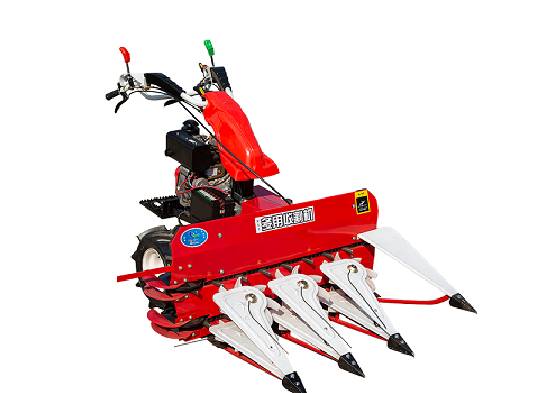Efficient Farming Solutions with Modern Forage Harvesting Techniques and Equipment
The Evolution and Importance of Forage Harvesters in Modern Agriculture
In the modern agricultural landscape, efficiency and productivity are paramount. Among the numerous innovations designed to enhance farming practices, forage harvesters stand out as vital equipment for the effective harvesting of forage crops. These specialized machines play a critical role in feeding livestock, ensuring the sustainability of animal agriculture, and optimizing resource use on the farm.
Understanding Forage Harvesters
Forage harvesters, often referred to as silage harvesters, are heavy-duty machines designed for cutting, grinding, and collecting forage crops such as grasses, legumes, and corn. Unlike traditional harvesters that are designed for grain crops, forage harvesters are specifically engineered to handle the unique characteristics of forage plants, which require a different approach to maximize preservation and nutrient retention.
The first forage harvesters were introduced in the early 20th century and were primarily manual or semi-mechanical. However, technological advancements have transformed these machines into sophisticated, high-capacity equipment that can significantly reduce harvesting time and labor costs. Today’s forage harvesters are equipped with powerful engines, advanced cutting systems, and automated features that ensure precise operation, thereby maximizing the quantity and quality of the harvested material.
Types of Forage Harvesters
There are generally two main types of forage harvesters self-propelled and pull-behind models. Self-propelled forage harvesters are independent machines that boast higher power and efficiency. They are suitable for large-scale operations and can quickly cover vast areas. Pull-behind forage harvesters, on the other hand, are towed by tractors and are typically used in smaller farming operations. While they may not offer the same speed as self-propelled models, they provide versatility and cost-effectiveness for farmers with limited budgets.
The Process of Forage Harvesting
forage harvester

The forage harvesting process involves several key steps cutting, chopping, and transporting. The harvester's cutting mechanism slices through crops at a predetermined height, allowing for efficient collection. The chopped material is then transported directly into a waiting truck or handled on-site for further processing. Modern forage harvesters can also produce distinct particle sizes according to the specific needs of the feed, allowing farmers to fine-tune their animal diets.
Moreover, the timing of forage harvesting is crucial. Farmers must carefully monitor crop growth stages to ensure they harvest at the optimal time for maximal nutritional value. Trained operators can adjust the settings of modern forage harvesters to accommodate different crop types and conditions, thus ensuring consistent quality in the final product.
The Role of Forage Harvesters in Sustainable Agriculture
One of the most significant contributions of forage harvesters lies in their role in sustainable agriculture. Efficient harvesting reduces waste and ensures that more forage is utilized for animal feed. This efficiency is not only economically beneficial for farmers but also has broader environmental implications. By maximizing yield from available land, forage harvesters help minimize the need for additional land conversion, which can threaten ecosystems.
Moreover, the preservation of forage through silage—an anaerobic fermentation process—is made easier with modern forage harvesters. Quality silage is essential for ruminant nutrition, particularly during off-seasons when fresh forage is scarce. By effectively harvesting and preserving feed, farmers can maintain productivity throughout the year, reducing their reliance on supplemental feed options which are often more costly and less sustainable.
Conclusion
In summary, forage harvesters play a pivotal role in the agricultural sector, enhancing the efficiency and sustainability of livestock production. Their evolution from simple mechanical devices to state-of-the-art machines underscores the importance of technological advancement in meeting global food demands. As agriculture continues to adapt to new challenges, the role of forage harvesters will likely expand, contributing to both the economic viability of farms and the environmental stewardship of our agricultural practices. Embracing these machines and the innovations they bring is essential for future-proofing our food systems and ensuring the health of both livestock and the planet.
Latest news
-
When to Upgrade Your Old Forage HarvesterNewsJun.05,2025
-
One Forage Harvester for All Your NeedsNewsJun.05,2025
-
Mastering the Grass Reaper MachineNewsJun.05,2025
-
How Small Farms Make Full Use of Wheat ReaperNewsJun.05,2025
-
Harvesting Wheat the Easy Way: Use a Mini Tractor ReaperNewsJun.05,2025
-
Growing Demand for the Mini Tractor Reaper in AsiaNewsJun.05,2025







